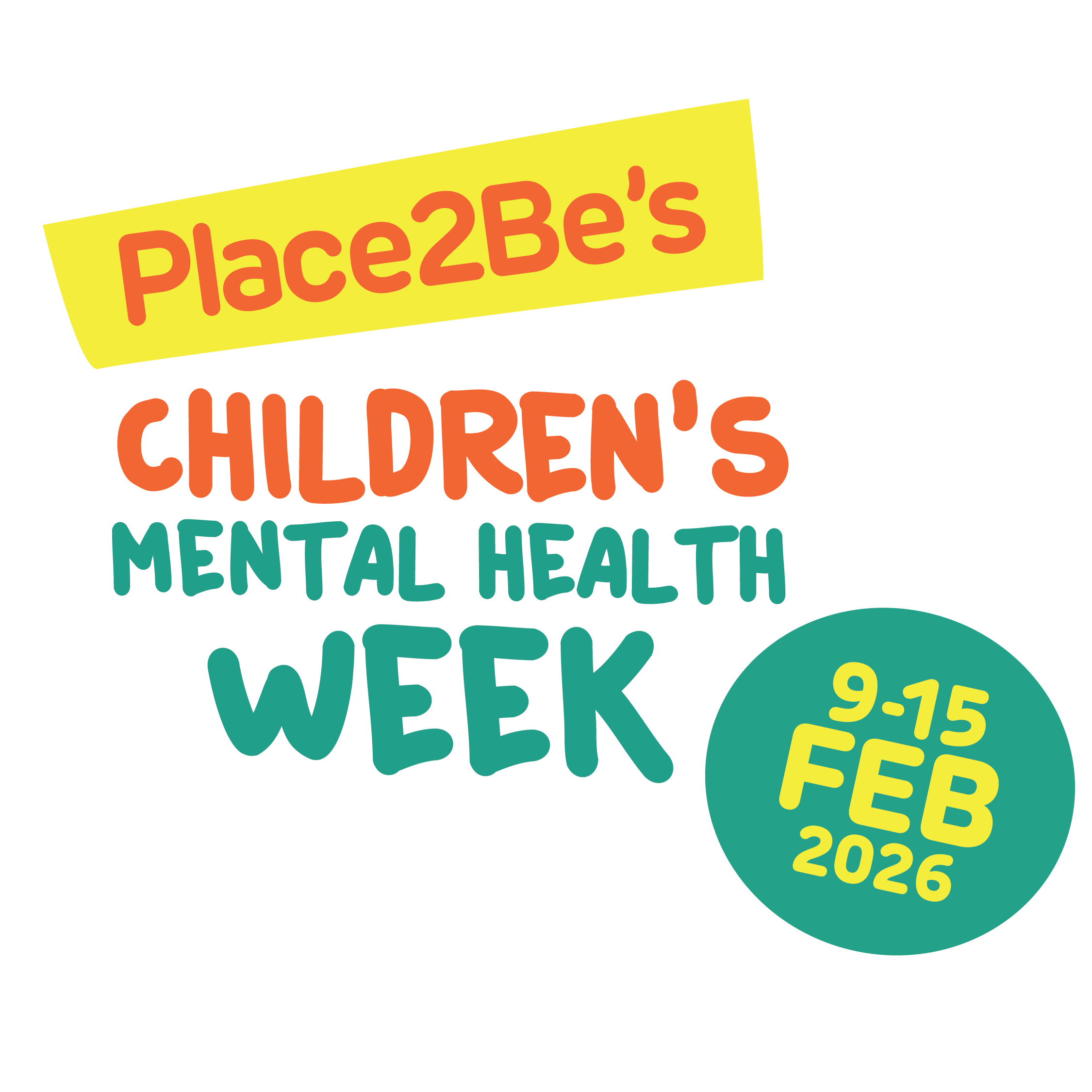Let’s Connect: the role of school connectedness in mental health

Professor of Child and Adolescent Psychiatry at the University of Cambridge - Tamsin is Research Advisor at Place2Be. She is an internationally renowned Child Psychiatric Epidemiologist who researches the organisation, delivery, and effectiveness of services and interventions for children and young people’s mental health.

Visiting Student at the University of Cambridge - Charlotte is an undergraduate Psychology student at Loughborough University, currently on placement as a Research Assistant at the University of Cambridge, in the Applied Social Sciences Group. Her research interests include children and young people’s mental health, Attachment Theory, and how childhood adversity impacts mental health across the life course.

Research Associate at the University of Cambridge - Jennifer is a mixed methods researcher, with a particular interest in interventions to improve young people’s mental health and reduce inequalities. Her recent projects include an evaluation of Place2Be's one-to-one counselling intervention, and the HOPE study.
Connecting with others is fundamental for our self-worth and belonging. But feeling connected does not solely depend on our human relationships, it also includes the environments we inhabit. Connectedness to nature, our workplaces and schools have all emerged from empirical research as important for our wellbeing. To mark this year’s Children’s Mental Health Week, we examine the role of school connectedness in children’s mental health and wellbeing.

What is school connectedness?
School connectedness refers to a child’s perceived support, sense of belonging, inclusion, and care felt from adults and peers in the school ecosystem. The concept of connectedness intertwines with theories such as Bowlby's Attachment Theory, and Deci and Ryan’s Self-Determination Theory, which both highlight the human need for stable relationships, and a sense of trust and belonging. Children can feel connected to their school through an engaging learning environment, friendships, positive relationships with teachers, clubs and activities, and feeling well represented in the school community. School connectedness can be measured with self-reported questionnaires, such as the School Climate Measure, alongside teacher reports.
Why is school connectedness important?
The benefits of school connectedness can be seen in the classroom, with greater academic achievement being reported. However, school connectedness extends beyond academic success and improved attendance. Evidence suggests that when children feel connected to their school, they are less likely to experience poor mental health. This includes lower levels of depressive symptoms, social anxiety, and suicidal thoughts, alongside greater self-esteem. During the COVID-19 pandemic, school connectedness emerged as a protective factor for students reporting with poor mental health outcomes. School connectedness not only influences children in the present but has lasting protective effects for mental and physical health in later life by reducing emotional destress and health risk behaviours.
Friendships can help to create a sense of belonging in the school environment and can therefore influence school connectedness. Strong and stable friendships can protect mental health, improve self-esteem and lower levels of loneliness.
Unfortunately, not all children feel connected to their school and peers. Undermining factors include bullying, not feeling able to express their identity, and a lack disability support. This social disconnection is a further risk factor for stress, low-self-esteem and depressive or anxious symptoms. Therefore, it is vital for schools to champion, and monitor connectedness amongst their pupils.
How can we strengthen and use school connectedness to improve pupil wellbeing?
School connectedness is fostered in welcoming and cohesive school environments, where children feel involved, and their opinions and beliefs are respected. Support from teachers, positive friendship groups, and the overall psychosocial environment, such as having an engaging and friendly atmosphere, are key for improving school connectedness. Both school and social connectedness can be used as targets for early intervention with youth on a trajectory of risk, and may aid in preventing the onset of mental health difficulties by improving self-esteem and peer relationships.
Interventions such as social skills training, and team-oriented approaches, are two examples of how to improve connectedness in schools. In team-oriented approaches, children can experience social interactions in activities beyond academics, such as dance, or art, and contribute towards shared goals which can increase their sense of belonging. Furthermore, whole school approaches, where individual students, staff, and families receive support, have been linked to improved child health, emotional wellbeing and learning which can be an additional focus for interventions to support school connectedness.
The need for early interventions has been demonstrated by Place2Be, who have been frontrunners in delivering effective early mental health interventions. With two in three children referred to Place2Be improving their mental health through its support, early intervention can make a vital difference, both in the present, and in the future. Place2Be’s whole school approach can also help strengthen connectedness in the schools they work with.



